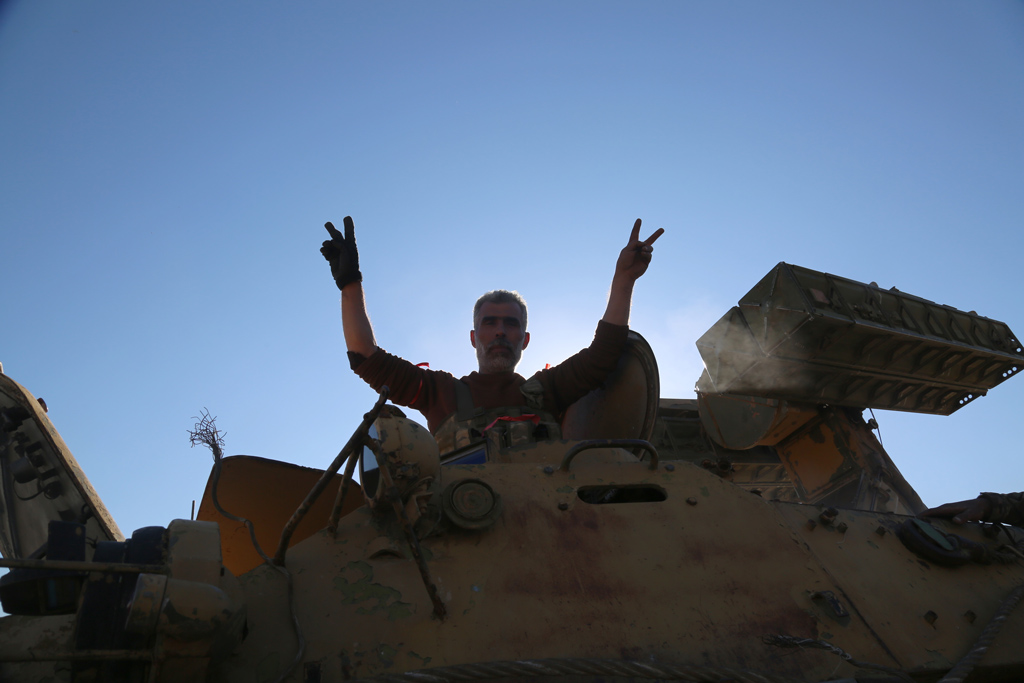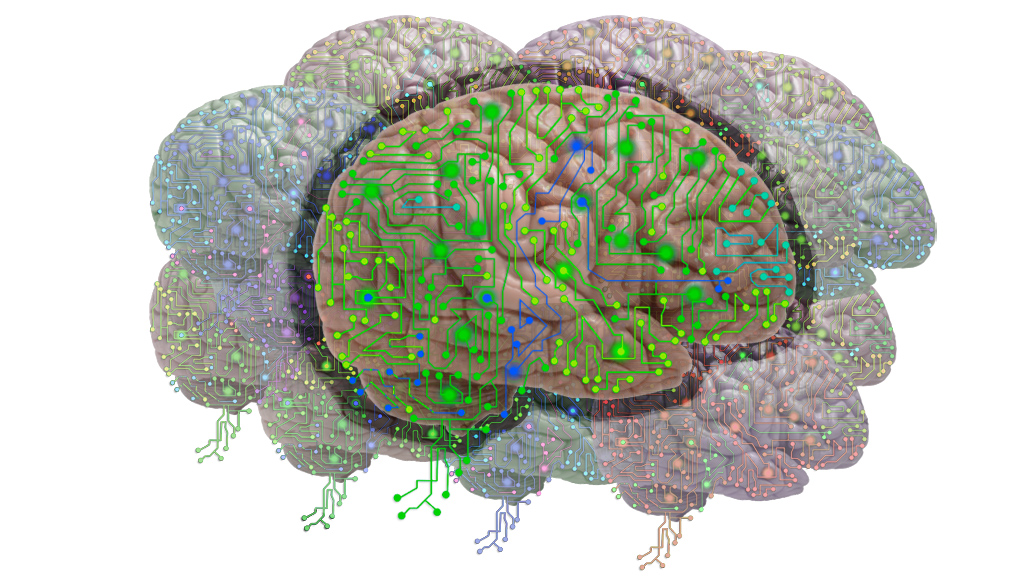The wave of rebellions against the Nouri al Maliki government in Iraq continuing for quite some time, has gained momentum under the leadership of the Islamic State of Iraq and the Sham (ISIS/IS - Devlet’ul Islamiyye fil’l Irak ve’ş Şam) with the participation of Ansar al Islam (AI, Cemaat Ensar’ül-İslam), The Army of the Men of the Naqshbandi Order (Jeyş’ur Rical et-Tarikat’un Nakşibendiyye), The Islamic Army in Iraq (Al Ceyş’ul-İslam fi’l Irak), The Military Council of Tribal Revolutionaries of Iraq, and the 1920s Revolution Brigades (Ketaib es-Sevret’ül-İşrin) . These groups have managed to take over Mosul, the largest northern city in Iraq, and drove out a big part of the Central Iraqi Army from provinces mostly populated by Sunni Arabs, such as Nineweh, Anbar, Diyala and Salahaddin. Nearly 500,000 people only from Nineweh, fled to other regions in Iraq. Some of those who left Mosul returned later, as the groups, ISIS in particular, taking over the administration in the city have begun to act like a pseudo-state, provided security in a short time, formed administrative bodies and undertaken municipality services.

The Northern Front of the Combat against ISIS: Peshmarga-Western Alliance
What is the ISIS strategy in the north of Iraq? In which regions do the Peshmerga-ISIS clashes intensify? Who are the partners of the prospective coalition against ISIS and what do they aim for?
Share
Tags »
Related Articles
Opinion
Imperialism Orientalism and Zionism: The shaping forces of US Middle East policy
November 2024








